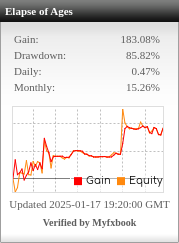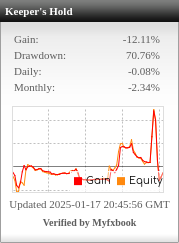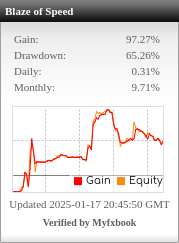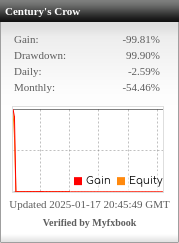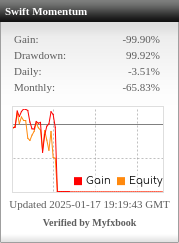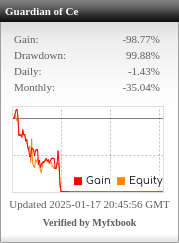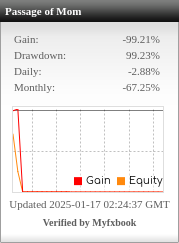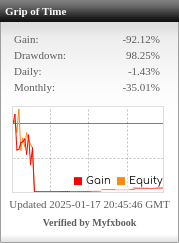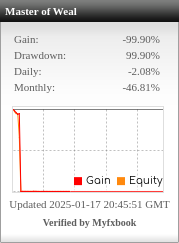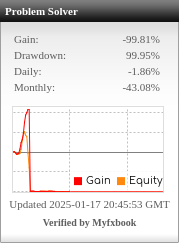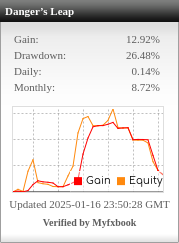Table of Contents
- 1. CAGR/Max DD% (Balances Growth vs. Risk)
- 2. Profit Factor (Key Profitability Measure)
- 3. Ret/DD Ratio (Return Relative to Risk)
- 4. Open DD% (Drawdown on Open Trades)
- 5. Stability (Smoothness of Equity Curve)
- 6. Win/Loss Ratio (Secondary to Profitability)
- 7. Fitness (Initial Strategy Validation)
- 8. Open Drawdown % (Open DD%)
- 9. Max Drawdown % (Total Drawdown)
- Summary of Classification Ranges:
To classify the values for each metric you mentioned, I’ll provide typical ranges for minimum (min) and maximum (max) values, indicating what is considered acceptable, optimal, and potentially problematic. These values are key for balancing performance and risk in strategy evaluation:
1. CAGR/Max DD% (Balances Growth vs. Risk)
- Min Acceptable: >0.6
- Optimal Range: 1.0 – 2.0
- High Performance: >2.0 (Be cautious if significantly above 2.5, as this could signal over-optimization)
2. Profit Factor (Key Profitability Measure)
- Min Acceptable: >1.4
- Optimal Range: 1.5 – 2.0
- High Performance: 2.0 – 3.0 (Values >3 could indicate overfitting)
3. Ret/DD Ratio (Return Relative to Risk)
- Min Acceptable: >4
- Optimal Range: 5 – 8
- High Performance: >8 (Approaching 10 or higher may indicate potential over-optimization)
4. Open DD% (Drawdown on Open Trades)
- Max Acceptable: <50%
- Optimal Range: 15% – 30%
- High Performance: <15% (Too low, e.g., <5%, with high returns can signal overfitting)
5. Stability (Smoothness of Equity Curve)
- Min Acceptable: >0.6
- Optimal Range: 0.8 – 0.9
- High Performance: >0.9 (Indicates very steady equity; if excessively high, check for potential curve-fitting)
6. Win/Loss Ratio (Secondary to Profitability)
- Min Acceptable: ~1.0 (50% win rate)
- Optimal Range: 1.5 – 2.0 (60-67% win rate)
- High Performance: >2.0 (Win rates >80% should be checked for risk-to-reward imbalance)
7. Fitness (Initial Strategy Validation)
- Min Acceptable: Variable, depending on the model, but ideally >1 in early tests.
- Optimal Use: Best for early-stage testing, less critical in final validation.
8. Open Drawdown % (Open DD%)
- Max Acceptable: <50%
- Optimal Range: 15% – 30%
- High Performance: <15% (Keep an eye out for high returns with very low drawdown, as this could indicate overfitting)
9. Max Drawdown % (Total Drawdown)
- Max Acceptable: <70% (for OOS data)
- Optimal Range: 20% – 35%
- High Performance: <20% (If too low with high returns, validate for potential over-optimization)
Summary of Classification Ranges:
- Min Acceptable: The minimum threshold for considering a strategy viable.
- Optimal Range: The sweet spot for good performance without high risk of over-optimization.
- High Performance: Indicates exceptional results; caution should be taken to ensure that metrics aren’t excessively high, which could be a sign of overfitting or unrealistic expectations.
Using these ranges, you can classify your strategies and set up your filters in StrategyQuant X to ensure you’re choosing robust and viable strategies that balance profitability with risk management.


